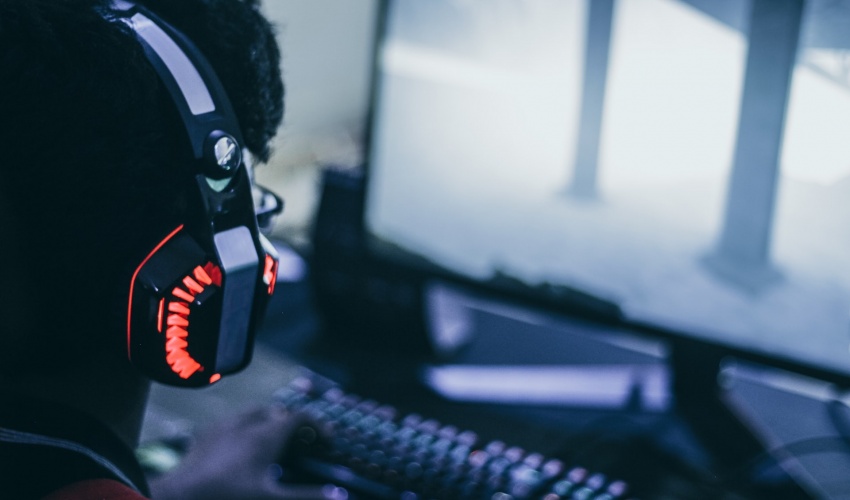Exploring the Skies of the Mind: The Science Behind Dreams of Flying and Falling

The phenomena of the sense of flight and the sense of falling in dreams are intriguing aspects of human dreaming that have captivated both the scientific community and the general public. These experiences are not just mere fabrications of the sleeping mind but are deeply rooted in our psychological and physiological makeup.
Understanding the Feeling of Flight in Dreams
Dreams of flying often evoke a sense of freedom, exhilaration, and escape from the constraints of reality. This feeling is not just a random occurrence but has deep psychological underpinnings. Sigmund Freud, the father of psychoanalysis, interpreted flying dreams as expressions of the desire to break free from restrictions or as a manifestation of sexual desires. However, contemporary psychology offers a broader perspective.
Modern neuroscience links the sensation of flight in dreams to the activation of certain brain regions during the Rapid Eye Movement (REM) stage of sleep. During REM sleep, the brain is highly active, almost akin to its state when awake. However, there is a significant difference: the brainstem blocks motor neurons, causing a state of temporary paralysis, known as REM atonia. This prevents us from physically acting out our dreams. The sensation of flying, then, may be the brain’s interpretation of this physical immobility combined with the vivid, active dreamscapes created in the REM stage.
The Sensation of Falling in Dreams
On the other hand, the sensation of falling in dreams is a more jarring and often unsettling experience. This phenomenon is closely related to what is known as a hypnic jerk or a sleep start. This involuntary twitch usually occurs just as a person is about to fall asleep. Scientists believe this sensation could be a primitive reflex to the relaxation of muscles during the onset of sleep. The brain misinterprets this relaxation as a signal that the sleeping individual is falling, hence triggering a muscle twitch.
Another theory suggests that as the muscles relax and the body prepares to enter deeper stages of sleep, our sense of balance and spatial orientation may become distorted. This disorientation can translate into a feeling of falling in a dream.
Experiencing the Sensation of Flight in Reality
While actual flight remains a fantasy for humans without the aid of technology, there are ways to simulate the experience of flying in real life. Advances in virtual reality (VR) technology have made it possible to experience highly realistic simulations of flight. VR flight simulators can trick the mind and body into believing they are soaring through the skies. This is achieved through high-quality, immersive graphics and motion-sensing technology that replicates the movements and sensations of flight.
You can also immerse yourself in the atmosphere of flight from the comfort of your home, thanks to games such as Aviator game. Another method to experience the sensation of flying is through adventure sports like paragliding or skydiving. While these activities involve actual flying or falling, they offer a controlled and safe environment to experience these sensations.
So, the sensations of flying and falling in dreams are more than just figments of our imagination. They are complex phenomena that bridge our physical and psychological states. Through technology and adventure sports, we can also experience these sensations in real life, albeit in a controlled and safe manner. As science continues to evolve, our understanding of these dream phenomena will deepen, revealing more about the mysterious world of our subconscious mind.
